Failure in tech isn’t always the end — sometimes, it’s just the beginning.
In an industry obsessed with what’s new, we often forget the missteps that led us here. But behind every slick device or world-changing platform, there’s a graveyard of ideas that didn’t survive the hype cycle.
Surprisingly, many of these “failures” were actually foundational. They introduced ideas, features, or technologies that we now take for granted.
So let’s give credit where it’s due. Here are 10 failed tech products that quietly paved the way for the innovations we use every day.
1. Google Glass (2013)
The Vision: A wearable smart headset with AR capabilities.
Why It Failed:
Privacy concerns, clunky design, limited use cases — and let’s be honest, no one wanted to look like a cyborg.
What It Inspired:
Today’s AR experiments from Apple Vision Pro, Meta’s Ray-Ban smart glasses, and even enterprise-level AR for surgery, logistics, and design. Google Glass died, but AR didn’t.
2. Microsoft Zune (2006)
The Vision: A sleek digital media player to rival the iPod.
Why It Failed:
Late to market, poor branding, and iTunes had already taken over.
What It Inspired:
Zune taught Microsoft valuable lessons in user experience and ecosystem design — which showed up later in Xbox Live, Surface devices, and even Windows UI.
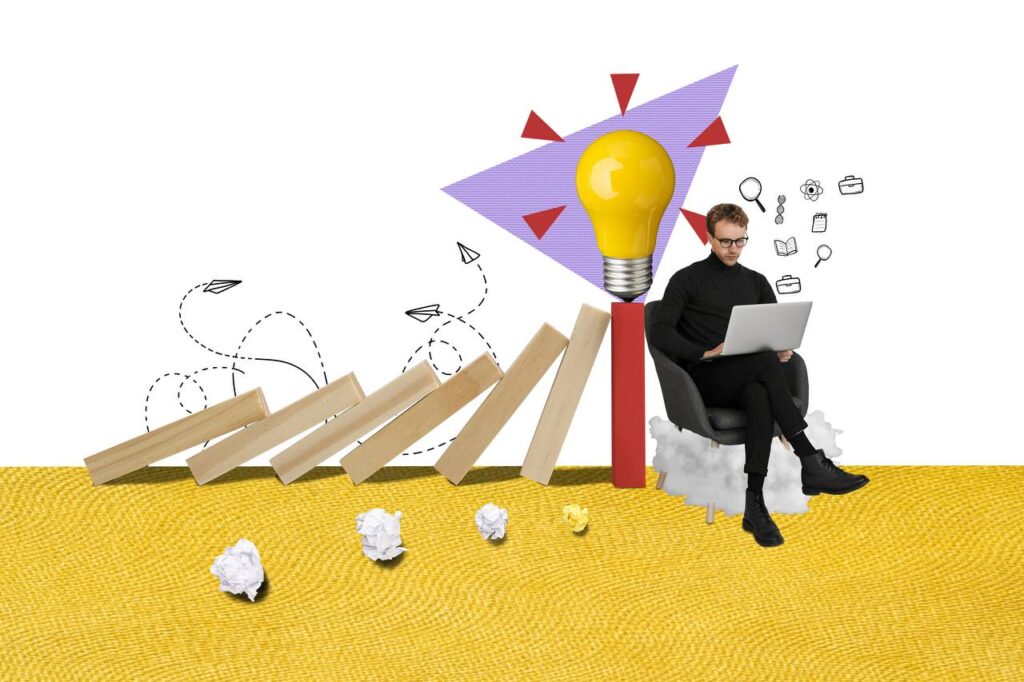
3. Amazon Fire Phone (2014)
The Vision: A 3D-display smartphone with deep Amazon integration.
Why It Failed:
Too gimmicky. It focused more on selling Amazon products than solving user needs.
What It Inspired:
Echo devices, Alexa, and Amazon’s push into hardware. The Fire Phone flopped, but it was Amazon’s first bold hardware move — and it laid the foundation for future wins.
4. Segway (2001)
The Vision: A revolutionary personal transport device.
Why It Failed:
Too expensive, overhyped, and not practical for most users.
What It Inspired:
Electric scooters, hoverboards, and the micromobility movement. Segway was ahead of its time — the world just wasn’t ready (yet).
5. Apple Newton (1993)
The Vision: A handheld PDA with handwriting recognition.
Why It Failed:
Battery life issues, poor handwriting accuracy, and a $700 price tag in the ’90s.
What It Inspired:
The iPhone. Literally. Steve Jobs reportedly hated the Newton, but the team and technology behind it evolved into the iOS platform years later.
6. MySpace (2003)
The Vision: A customizable social network with music, blogs, and early creator tools.
Why It Failed:
Poor UX, spam issues, and Facebook’s cleaner interface stole the spotlight.
What It Inspired:
User-generated content, profile customization, embedded media — MySpace walked so social media could run.
7. Betamax (1975)
The Vision: Sony’s superior video format to VHS.
Why It Failed:
Licensing decisions and shorter recording time compared to VHS.
What It Inspired:
A reminder that technology alone doesn’t win — distribution and accessibility matter. It’s a case study still taught in tech business schools today.
8. Pebble Smartwatch (2013)
The Vision: An affordable, open-source smartwatch with 7-day battery life.
Why It Failed:
Financial issues, intense competition from Apple and Samsung, and being too early.
What It Inspired:
Today’s smartwatch features — notifications, fitness tracking, and third-party apps — were pioneered by Pebble.
9. Google Wave (2009)
The Vision: A real-time collaboration tool that combined chat, docs, and email.
Why It Failed:
Confusing UX and no clear target audience.
What It Inspired:
Slack, Notion, Google Docs live collaboration — even Microsoft Teams. Wave’s features now live on in today’s most-used productivity tools.
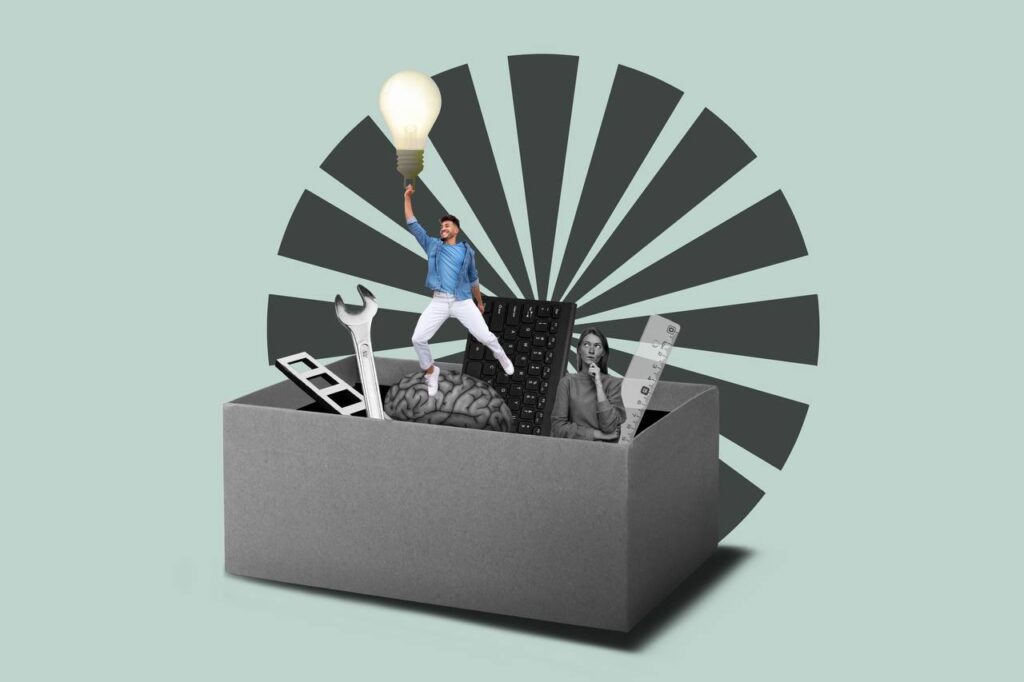
10. Juicero(2016)
The Vision: A $400 Wi-Fi-connected juice machine that pressed proprietary juice packs.
Why It Failed:
You could squeeze the packs by hand. It became the poster child for Silicon Valley over-engineering.
What It Inspired:
A long overdue conversation around startup hype, VC funding, and building things people actually need.
Key Takeaway: Innovation Needs Failure
It’s easy to laugh at flops. But in tech, failures aren’t the opposite of innovation — they’re part of it.
Each of these products failed in the market but succeeded in pushing the industry forward. They opened doors, sparked new thinking, and set the stage for what came next.
So the next time your idea doesn’t stick, remember:
Even the best breakthroughs often start as bold missteps.
Enjoy the post? Subscribe to get more interesting Tech Update!
Related Posts:
• Top Tech Jobs in 2025: High-Demand Roles You Can Apply for Today


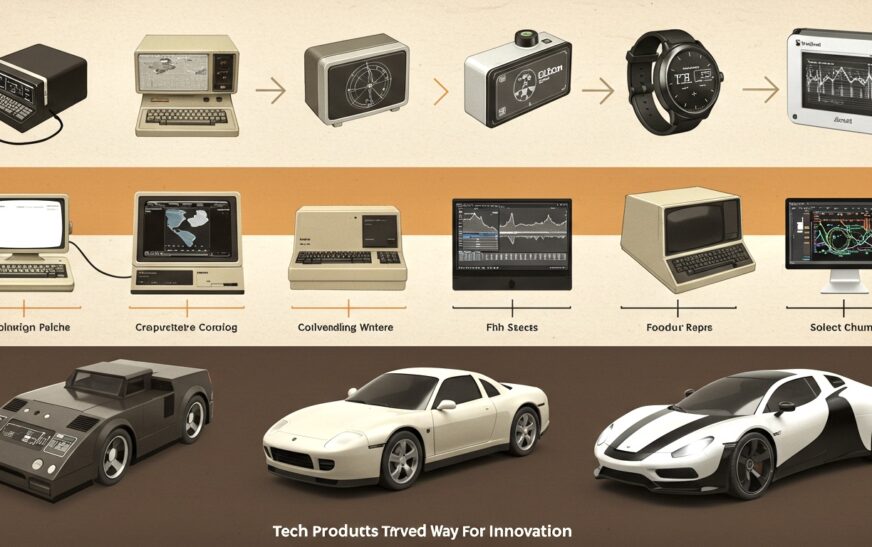




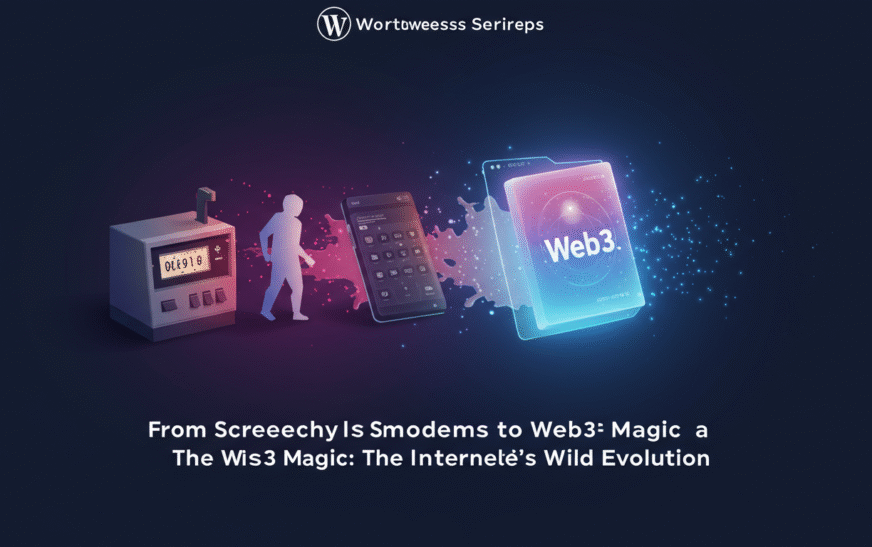
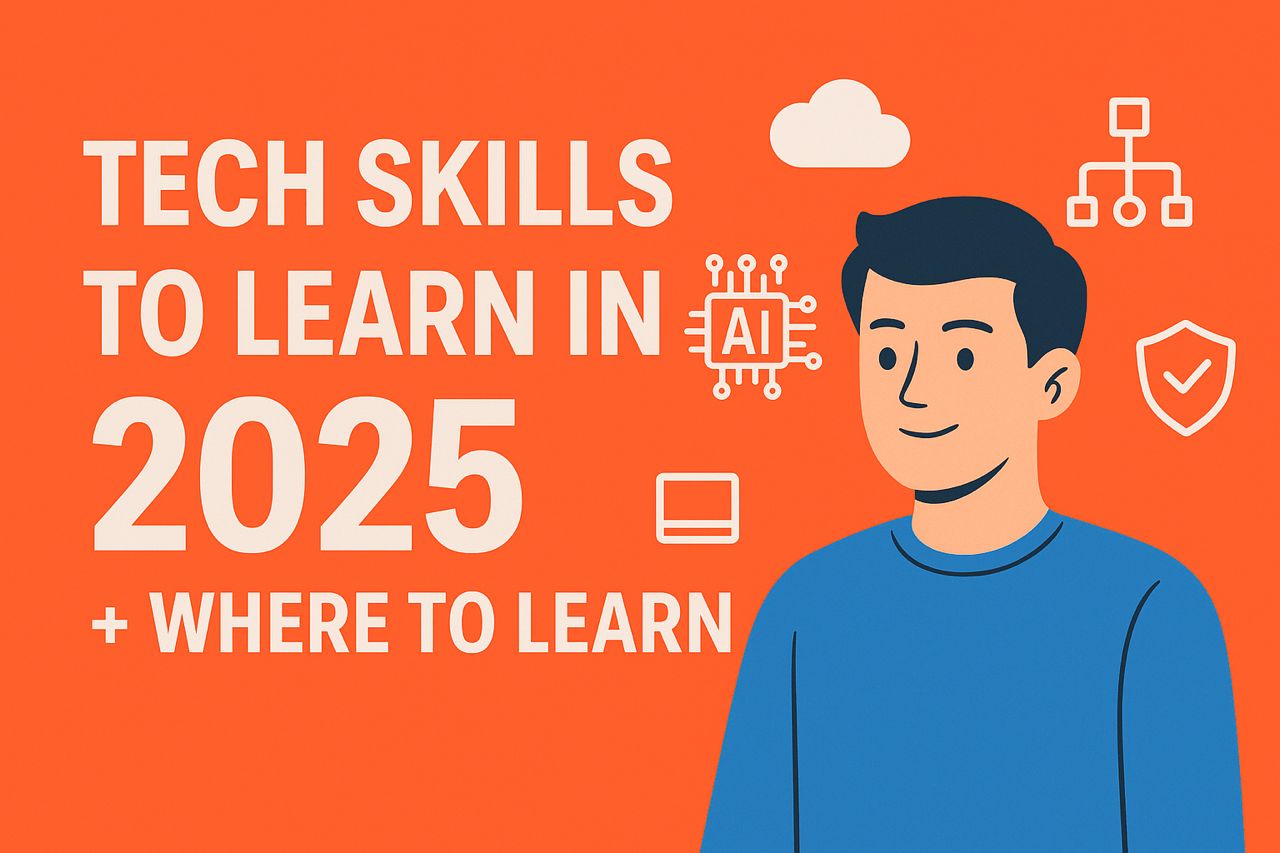
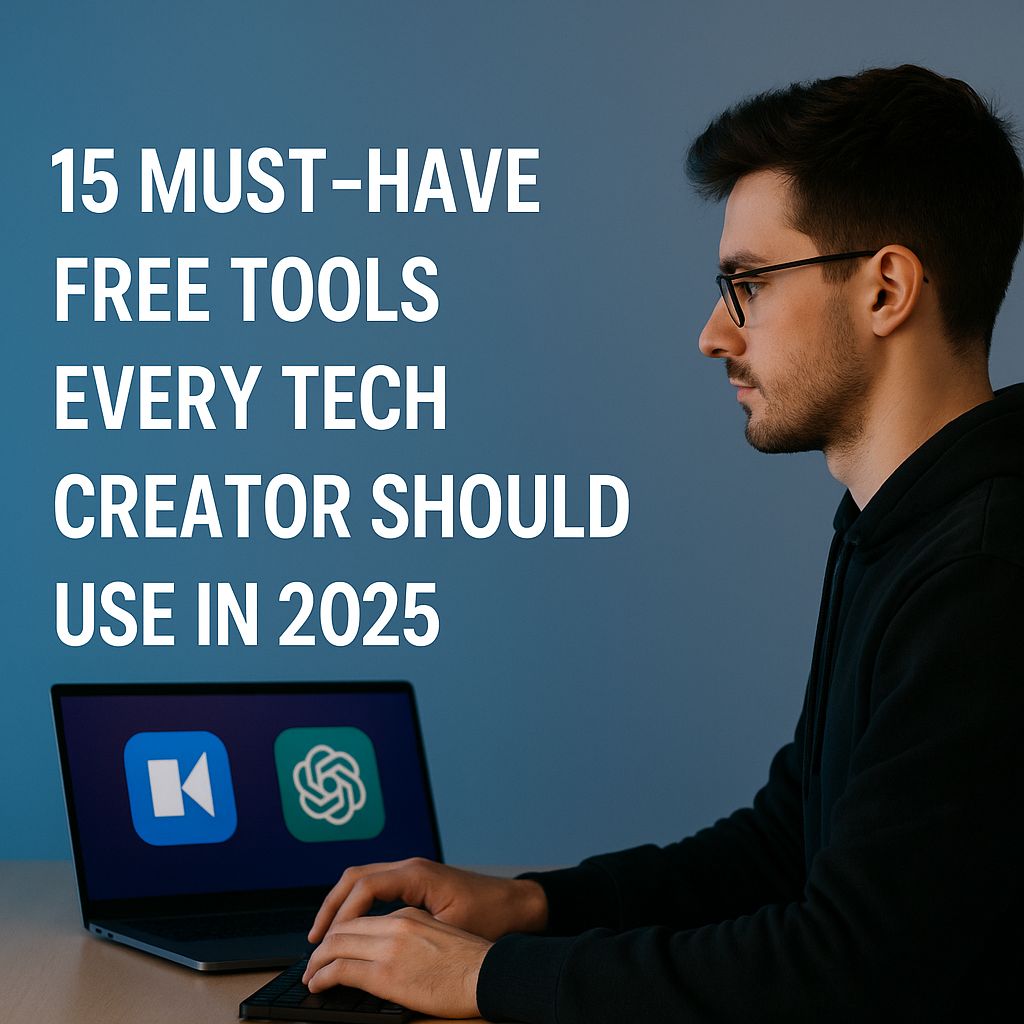
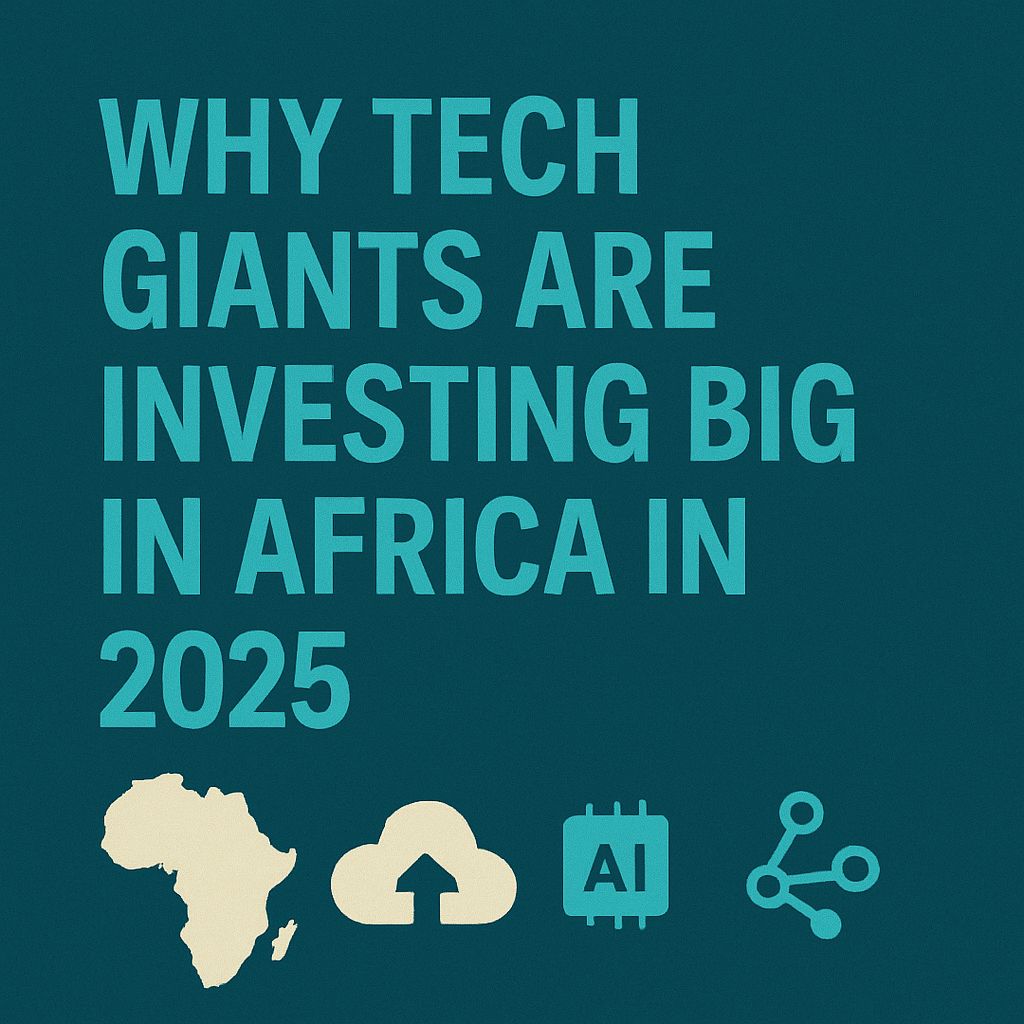
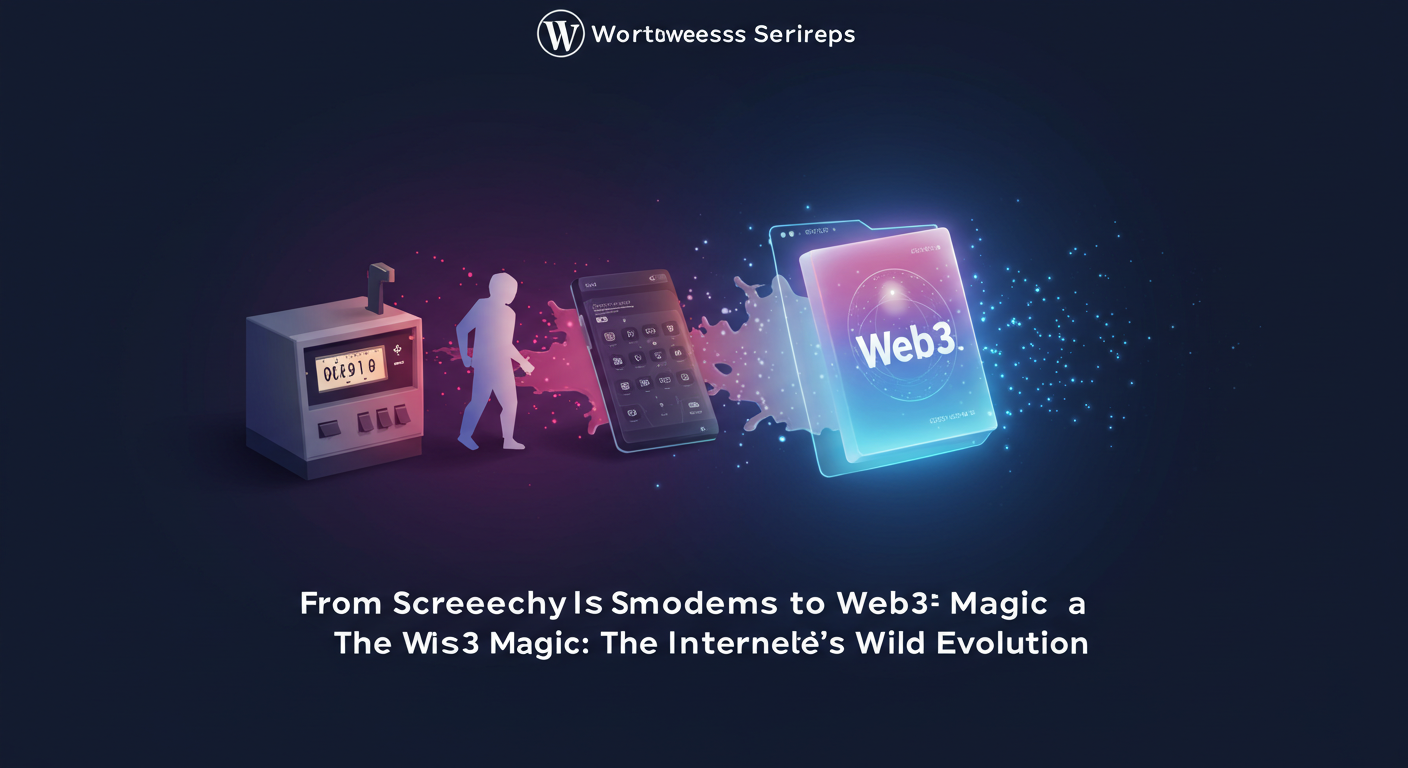




2 Comments
Good post. I am going through some of these issues as well..
This writing has a deep, soothing quality to it — like the feeling of watching a sunset and finding peace in the quiet.